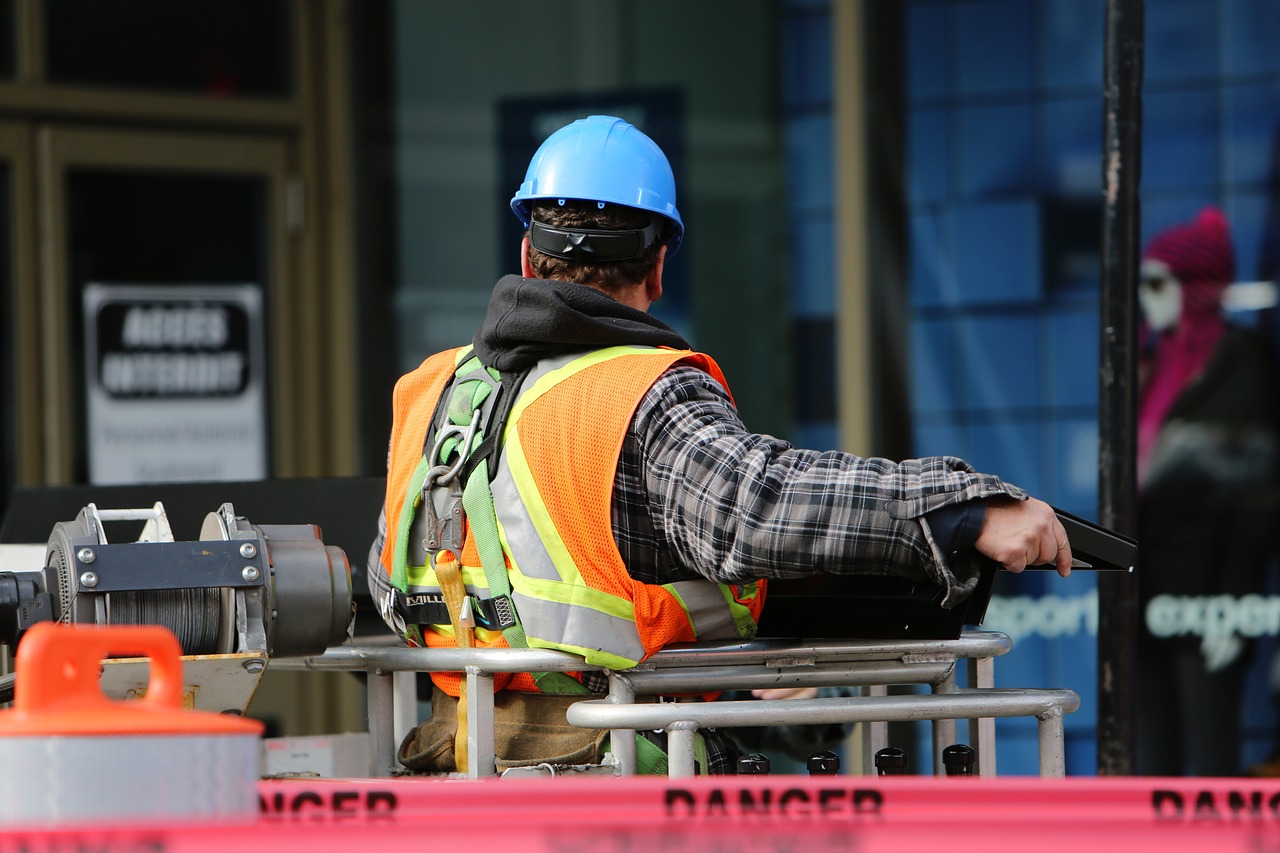From wearing the right clothing, to eating the right food, and even winter-proofing the site itself, there are plenty of things you can do to ensure that you stay warm while working on a construction site this winter.
It’s always good to keep on top of the basics when working with your team on-site, especially now that the winter months are drawing in and tradespeople are going to be exposed to harsh weather conditions.
As the colder days are starting to kick in and we’re saying goodbye to the summer months until next year, the insurance experts from Toolbox by Admiral have provided tips to keep yourself and your coworkers warm while working outdoors.
A spokesperson from Toolbox says: “Staying warm while working on a construction site is vital as it not only protects our health, but also our safety and levels of productivity.
“The cold can impair focus, increase the risk of accidents, and lead to cold-related illnesses, so by prioritising warmth, construction workers will continue to optimise their performance, make sound decisions, and execute tasks with precision.”
The trade insurance experts at Toolbox have provided seven tips for keeping warm while working on construction sites this winter:
-
Wear the right clothing
Layering clothing to keep warm in winter is common knowledge, however your layers have to be practical when you’re working in construction. Thermally insulated overalls could be the best choice for tradespeople, as they cover your whole body whilst being comfortable enough to move around in.
Wearing a few different layers is also great if you find you get too warm when doing certain jobs. You can take your fleece or thermals off if you’re starting to overheat for example, and can then layer back up on your breaks.
-
Eat healthy food
A good way to start your day in the winter months is to make a warm breakfast. Oats, whole grains, or rice are some examples of complex carbs which take longer to digest. These will help keep you warm and energised for longer while your body processes them.
Best of all, there are plenty of healthy options for those of you who are always on-the-go. Handy porridge pots and sachets make for a quick, easy, and warming breakfast on-site – as long as you have a microwave or kettle available.
-
Wrap up your face and neck
Although you need to wrap up and protect your face and neck, we recommend you avoid wearing any long or loose clothing items. Wearing garments such as oversized scarves or other loose material poses a significant risk since they could get caught in equipment and cause serious injuries. Choosing fitted items is the safest option for construction sites.
Thermal helmet liners can work well under a hard hat to stop heat from escaping. You can get ones that fasten under the chin to protect your ears as well. A neck warmer is another effective way of holding in body heat and you could even add face masks and eye protection if it’s particularly cold.
-
Protect your hands and feet
Keeping your hands and feet warm can make work days a lot more bearable through winter. So, it could be worth investing in waterproof, insulated, but breathable socks and boots to keep the moisture out and the heat in.
Similarly with gloves, consider getting some with long-wearing and durable fabric, as not only will these keep your hands warm and protected, but they will last a long time before you have to replace them.
-
Keep an emergency kit
We suggest that you kit-out your van or car with a few resources to help keep you warm, such as hand warmers, a spare jumper or coat, or even a dry pair of shoes.
This way, you’ll have additional methods you can use to keep yourself warm, or items you can lend to a teammate if the weather takes a turn.
-
Prepare the work site
If you’re expecting snow and ice overnight, it’s worth spending time checking off a few tasks at the end of your shift. It’s easier to deal with ice if it’s stopped from forming in the first place. So, putting some grit down on the grounds and over the equipment should help you out. Then for the next day, sprinkling some rock salt over the same areas should help melt away any snow and ice that has settled.
You could also lay down some sand once the ice has thawed, as this makes surfaces less slippery to walk on. Taking these steps should save you some time the next morning and help keep your team safe.
-
Consider the way that you work
It’s important to take breaks at work, however, sitting down or standing still will make you lose heat. Consider purchasing some on-site heaters to keep in the break areas for your staff to use to keep themselves warm.
Having a well-equipped, designated break area where you can fully relax, out of the cold, can diminish any fatigue and should keep the whole team in good spirits.

